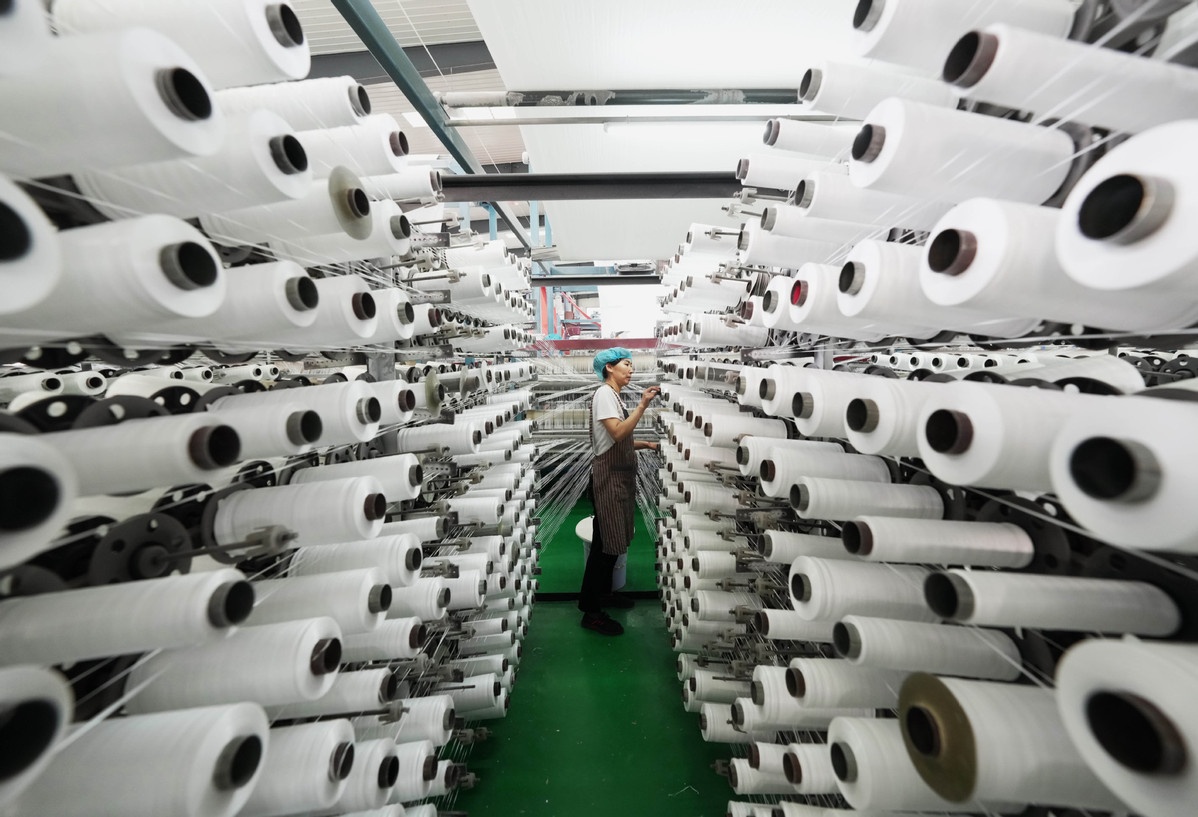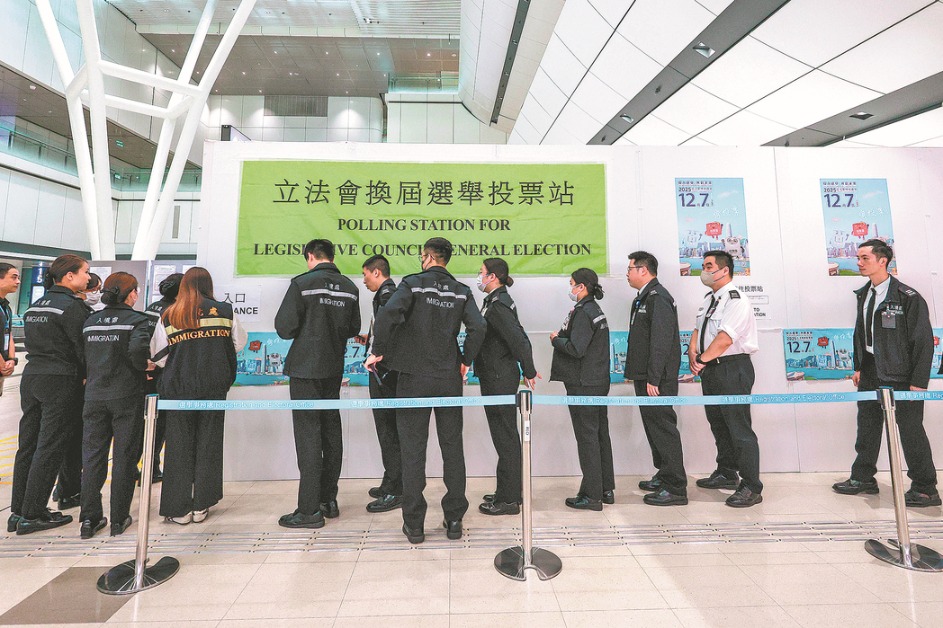Manufacturing sector needs restorative shot in the arm
China Daily | Updated: 2023-06-29 08:08

Shrinking manufacturing demand has become a global trend, and that poses a challenge to China's manufacturing industry.
According to the data released by the National Bureau of Statistics on Wednesday, the profits of industrial enterprises above designated size across the country fell by 18.8 percent year-on-year from January to May.
China's manufacturing purchasing managers' index fell from 52.6 in February to 48.8 in May, while exports fell 7.5 percent year-on-year in May.
The manufacturing sector of the United States has also contracted for seven straight months as of May, while the eurozone's manufacturing PMI fell to a 37-month low of 43.6 in June.
Taking into account the influences of inflation in Europe and the US' continued interest rate hikes, the restraining effect on demand may continue to extend into the future, which will unavoidably reduce some Chinese enterprises' input in purchasing advanced equipment or research and development, dampen market expectations, and erode consumer's purchasing power, forming a vicious circle.
The electronics industry, including cellphones, computers and home appliances, which has been a long-term pillar export-oriented industry in China, is the hardest hit by the global demand contraction, and the upstream semiconductor industry might slow down its upgrading and innovation as a result.
With the decrease of orders, regions such as the Pearl River Delta and the Yangtze River Delta that have been the country's major growth engines and which used to gain advantages by relying on scale effect will face greater competitive pressure. Their declining orders will decrease their scale advantages and increase the costs significantly, prompting the enterprises to relocate to other places with even lower operation and production costs.
In the face of these grave challenges, China should further reduce the tax, financing, raw materials and logistics, and help alleviate their labor cost pressure. The government should continue to promote investment in the digital economy and new infrastructure, encourage the development of 5G, cloud computing, the internet of things, artificial intelligence and intelligent connected vehicles.
In particular, the country should provide strong support for its electronics industry to help enterprises in the sector overcome the difficulties.
- 21ST CENTURY BUSINESS HERALD
























